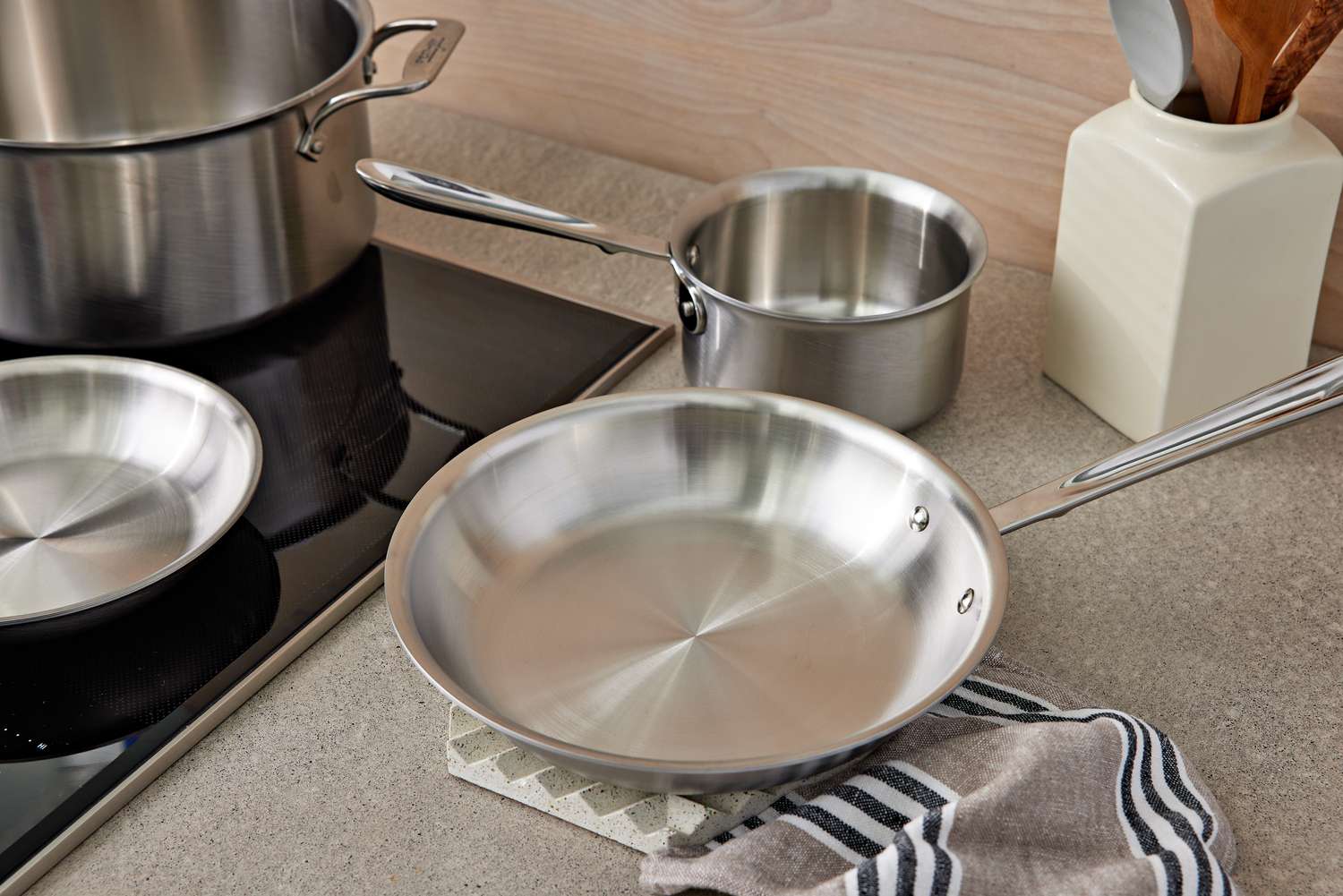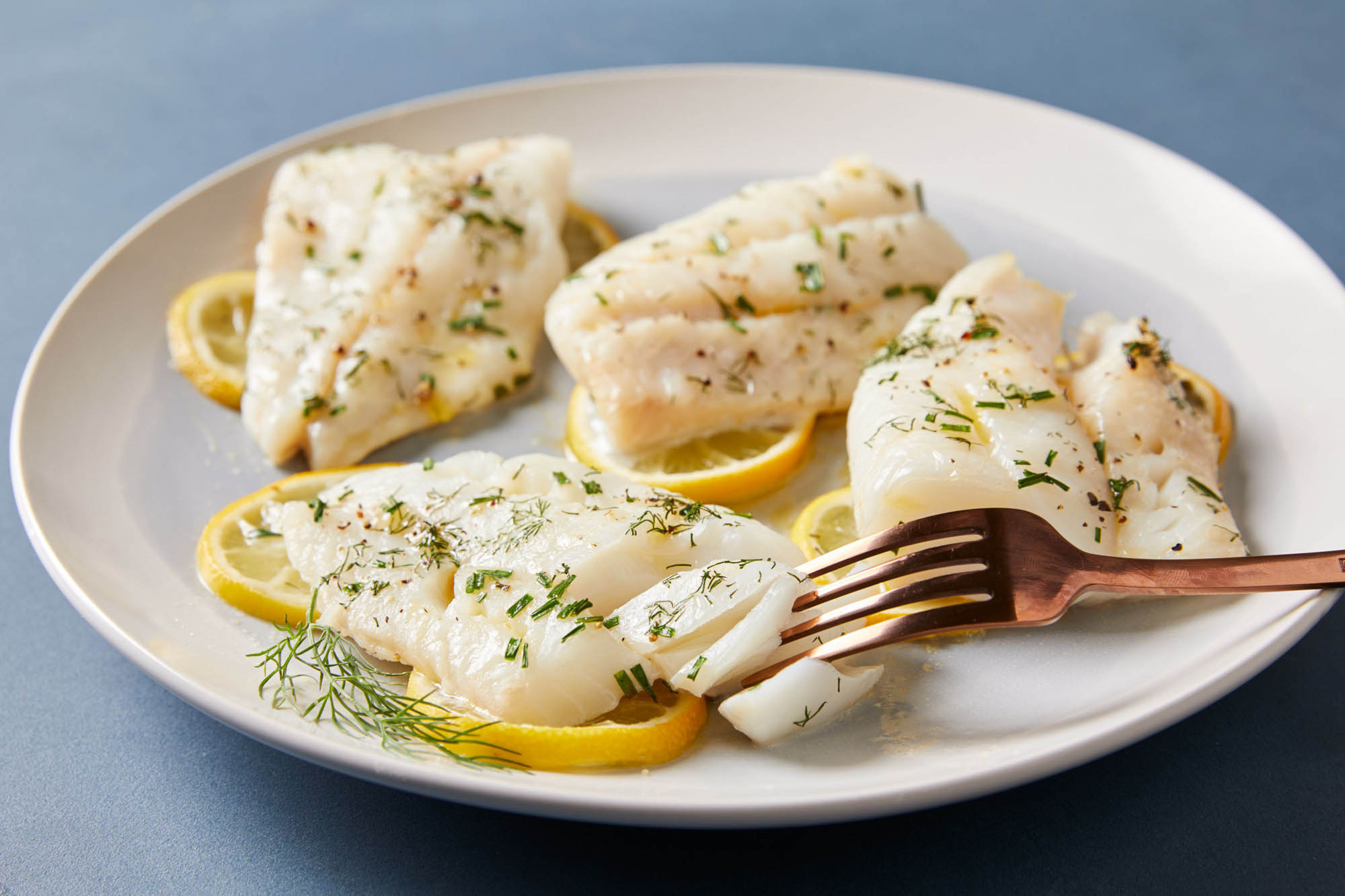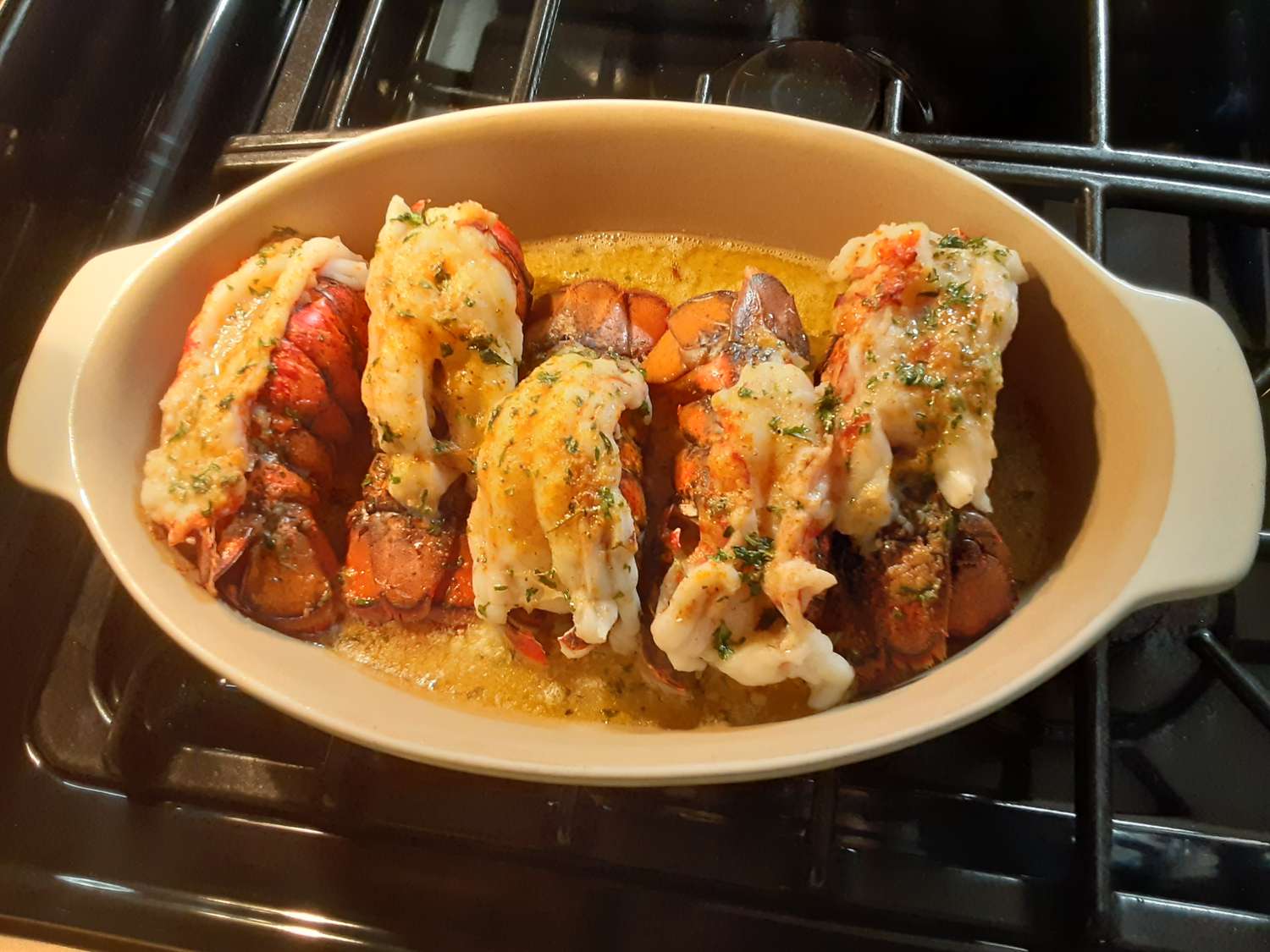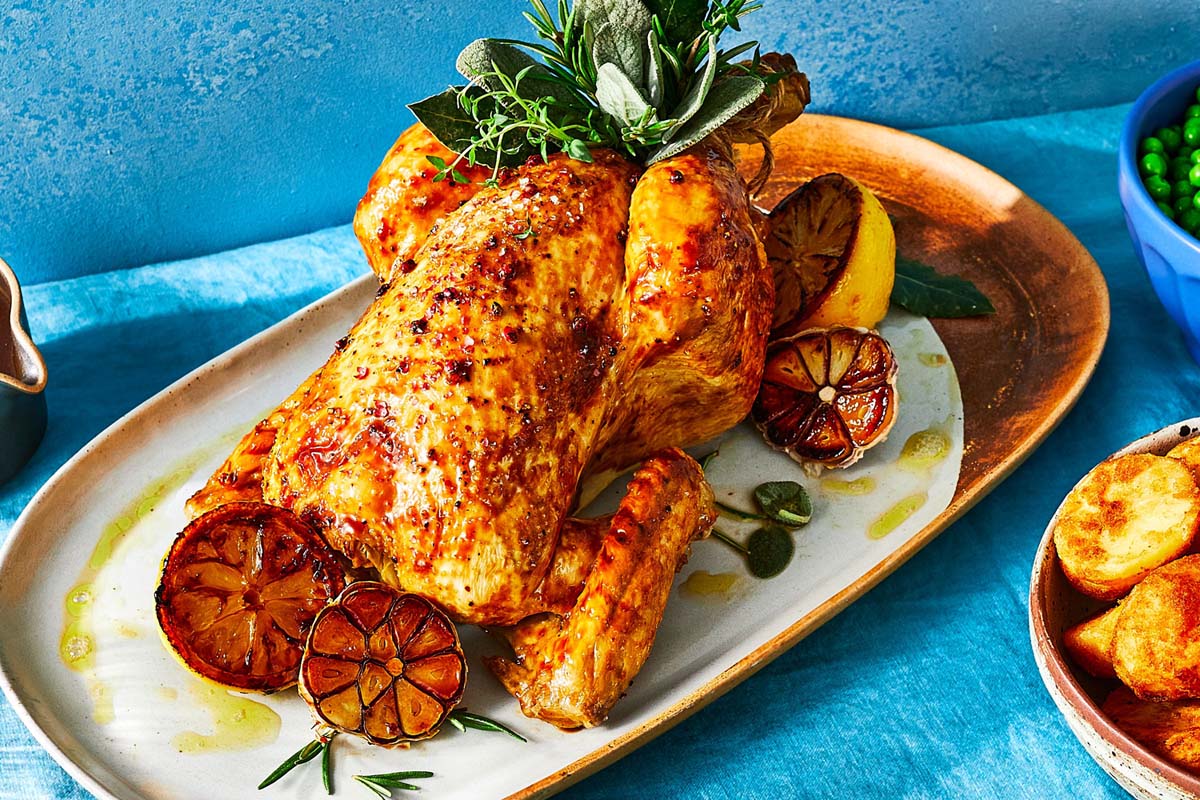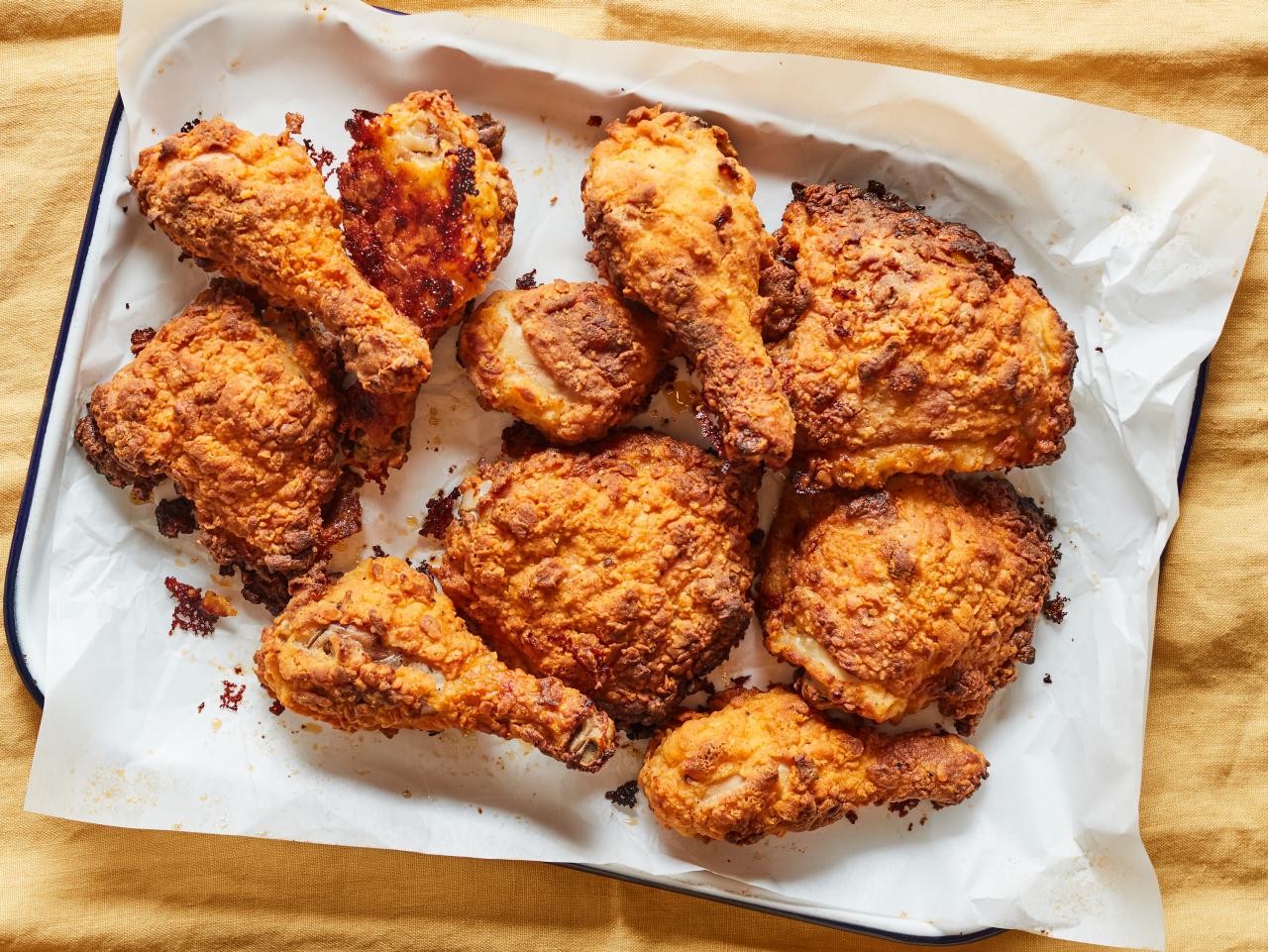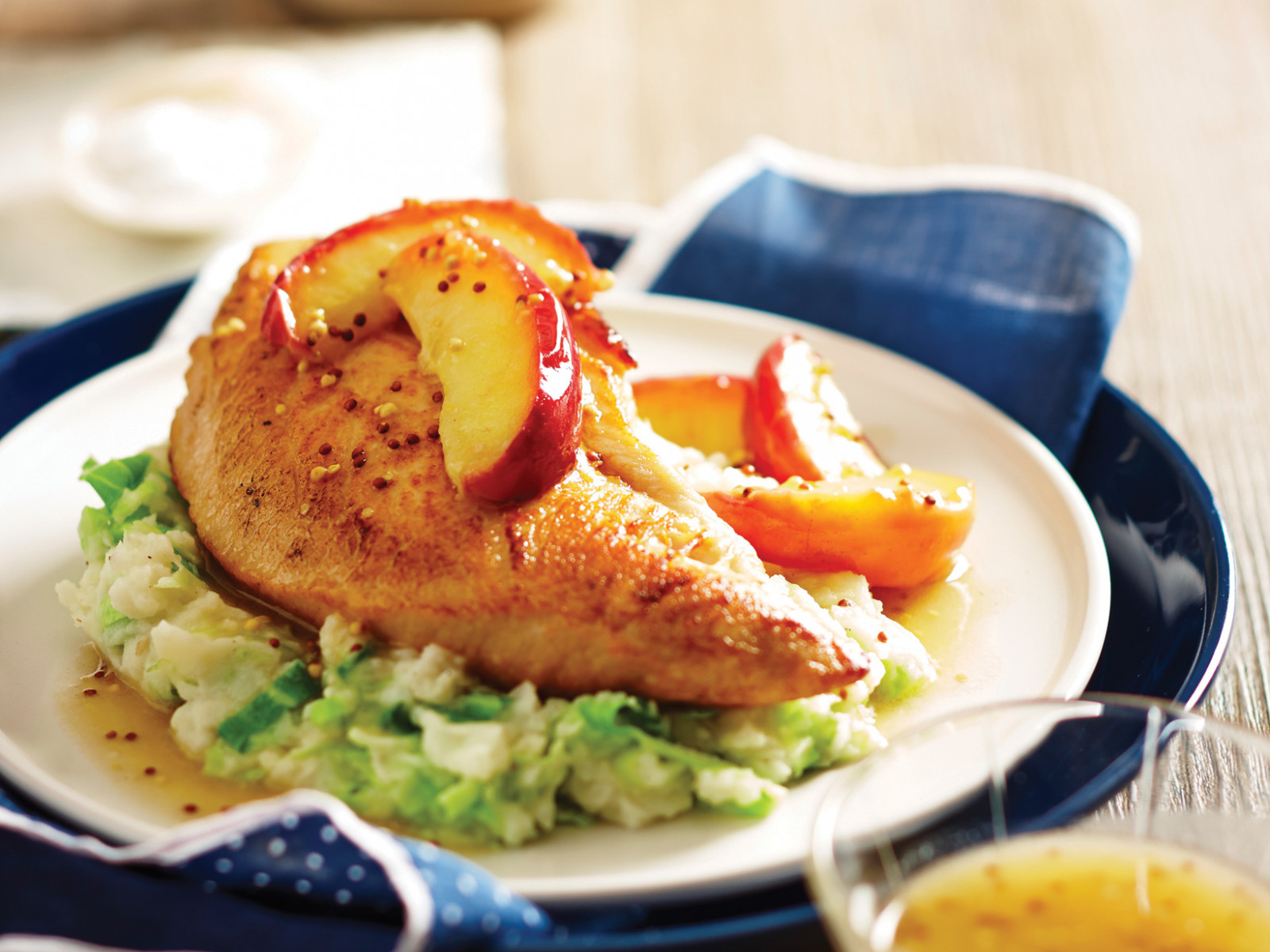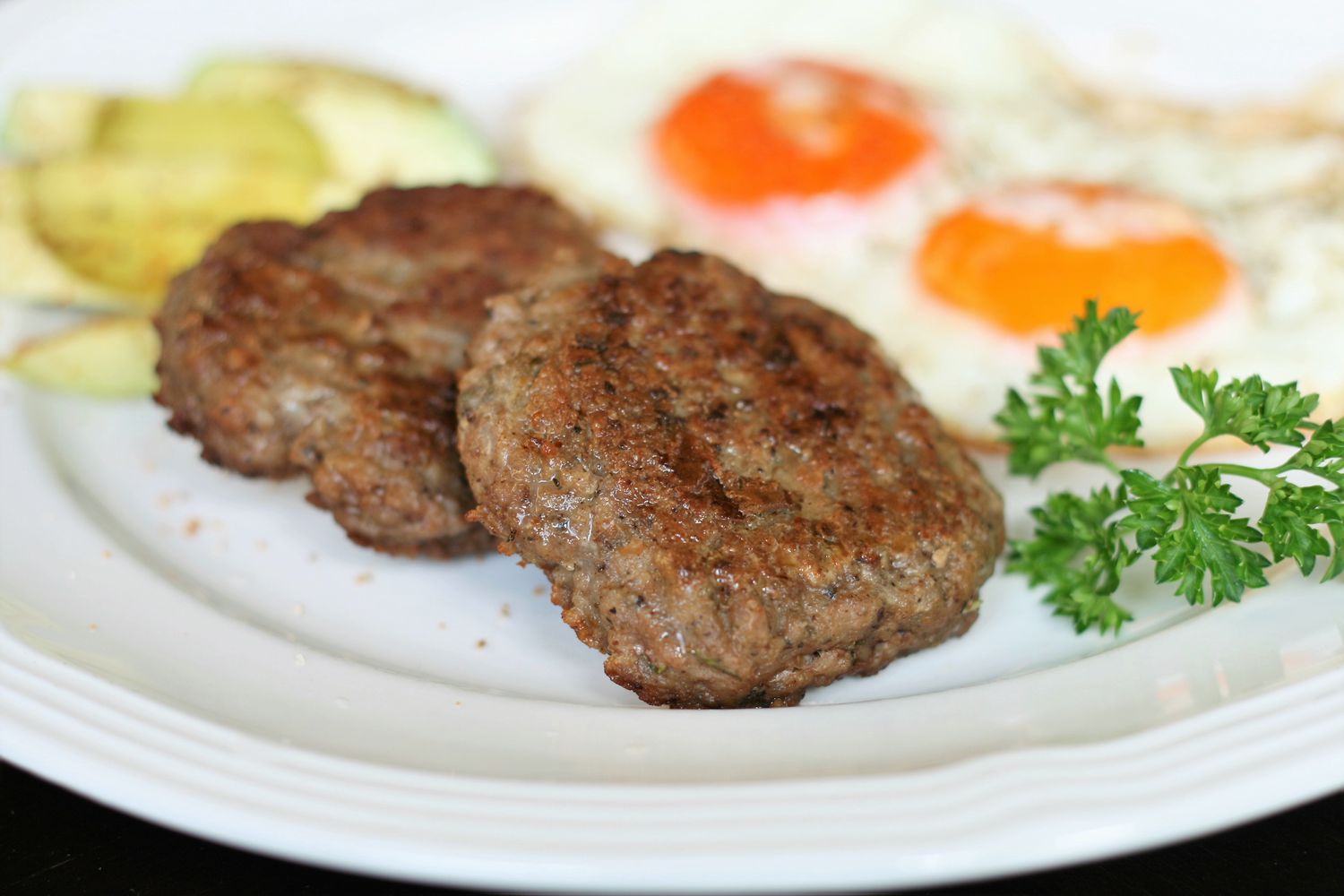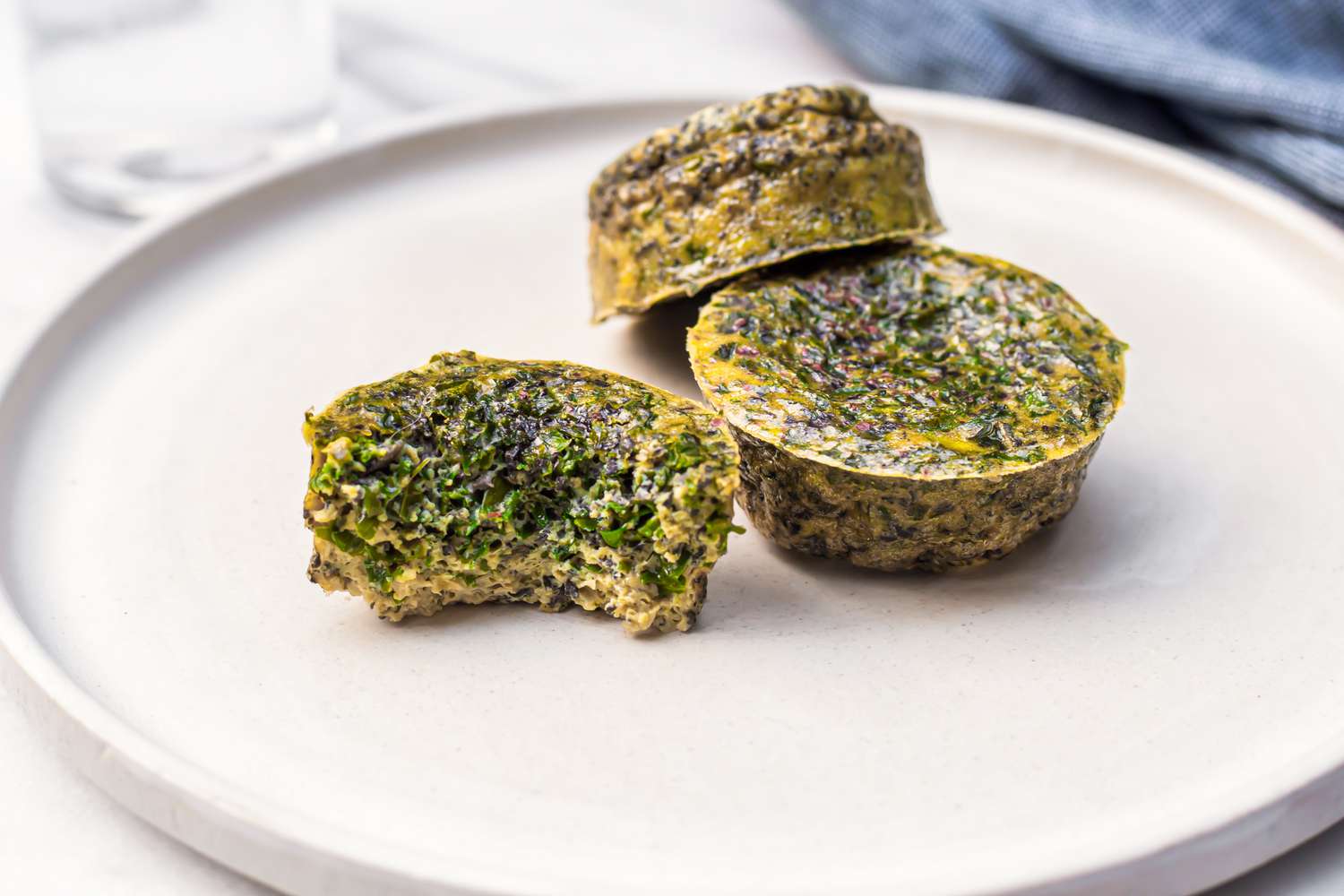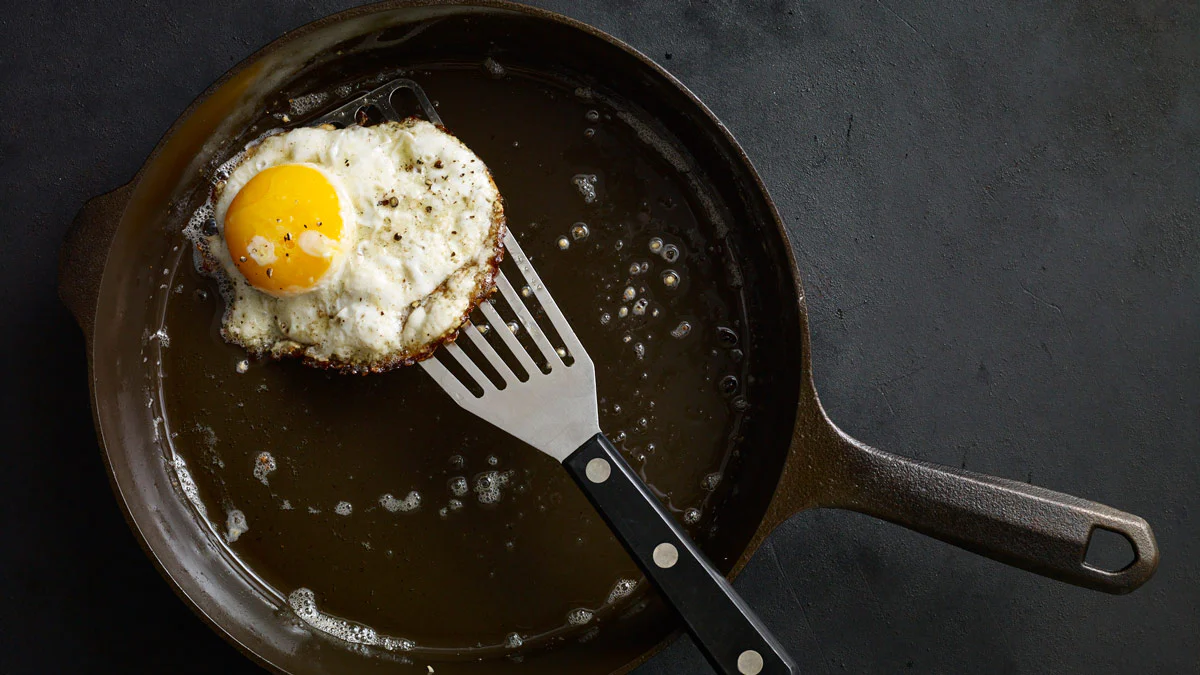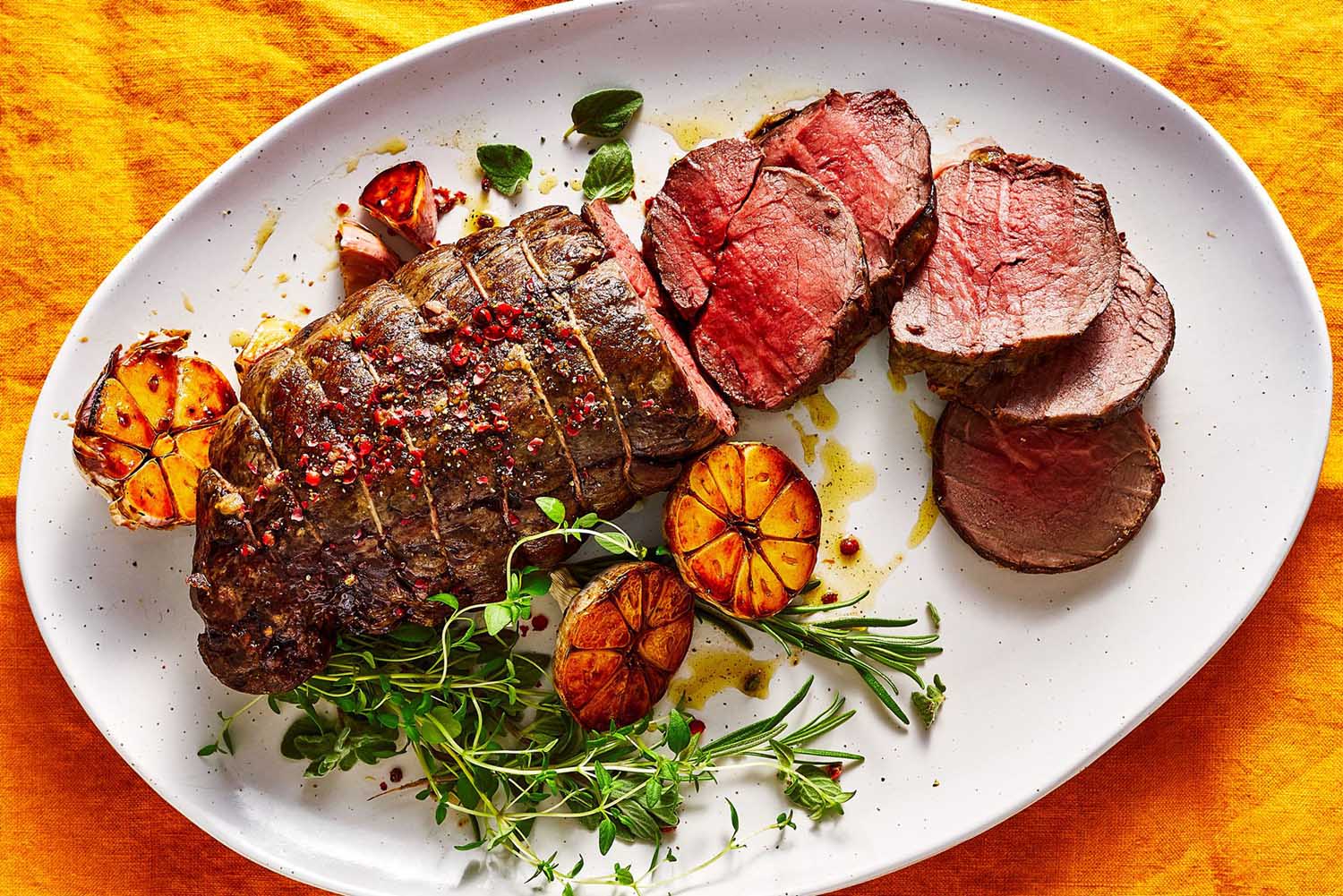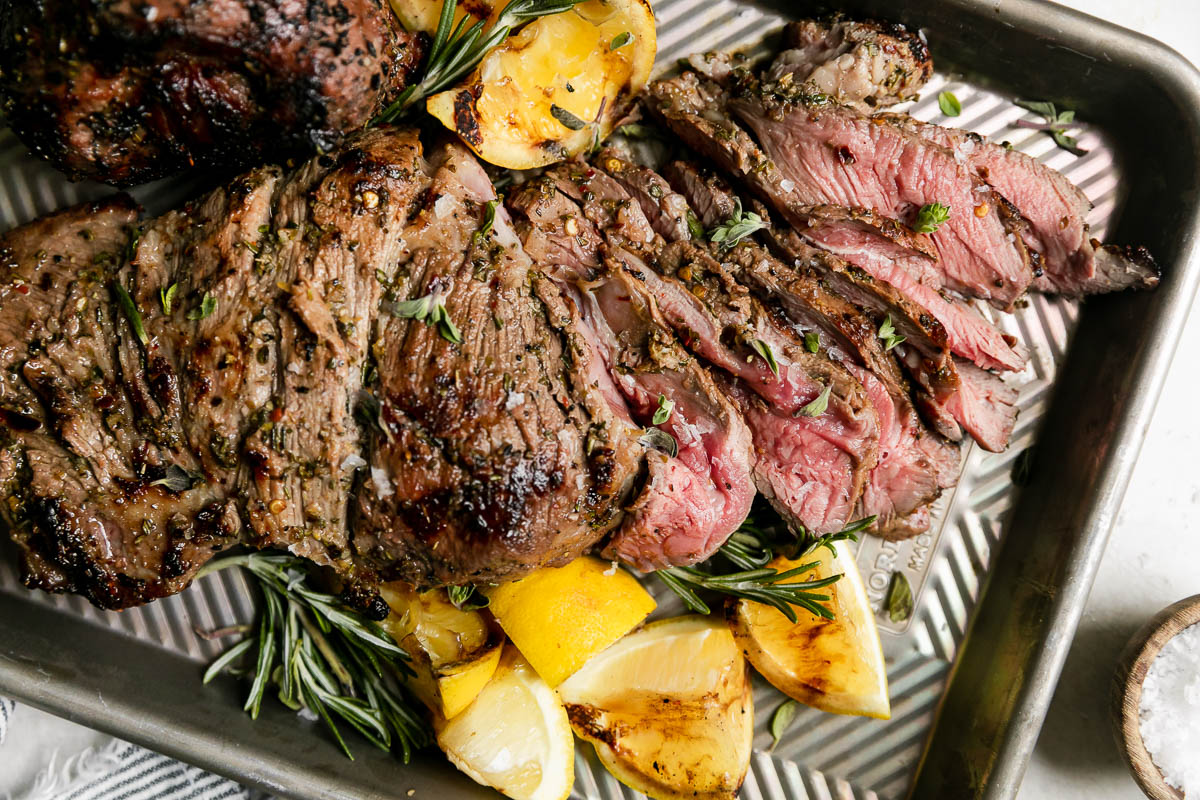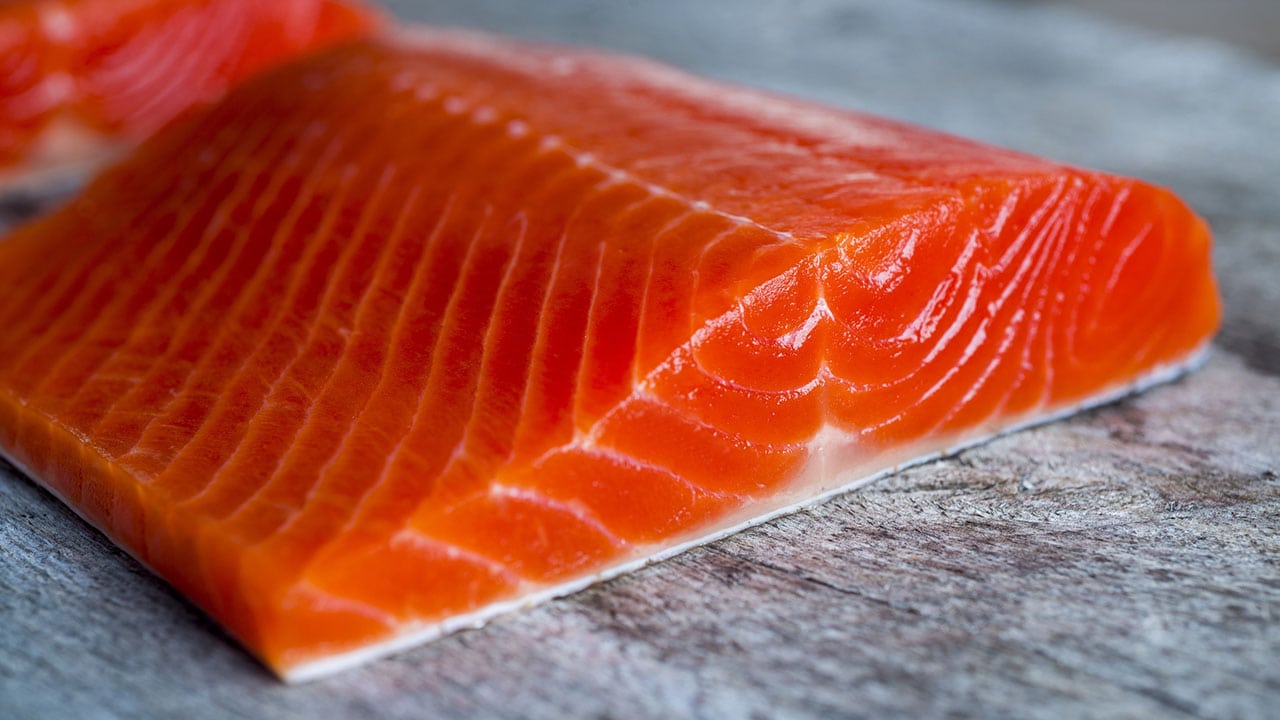Unlock the Delicious Secrets of Wild Alaskan Salmon
Wild Alaskan Salmon is not only a healthy and nutritious choice but also a delight to the taste buds. Bursting with flavor and packed with omega-3 fatty acids, this fish is a popular choice for seafood lovers. Whether you’re a seasoned chef or a cooking newbie, here are some tips to help you prepare a mouthwatering salmon dish:
1. Selecting the Perfect Wild Alaskan Salmon
When picking out your salmon, look for bright, firm flesh with a vibrant, deep color. Fresh salmon should have a mild sea aroma. Or if you prefer the convenience of frozen salmon, opt for individually wrapped fillets or portions. Make sure the packaging is intact and shows no signs of freezer burn.
2. Preparing the Salmon Fillet
Before cooking, it’s important to properly prepare your salmon fillet:
- Rinse: Rinse the salmon under cold water to remove any impurities.
- Pat dry: Gently pat the fillet dry with paper towels to ensure a crispy skin.
- Remove bones: Check for any remaining bones using a pair of tweezers or fish bone pliers.
3. Seasoning Options for Your Wild Alaskan Salmon
Enhance the natural flavors of the salmon with various seasoning options:
- Classic Lemon and Dill: Squeeze fresh lemon juice over the fillet and sprinkle with dill, salt, and pepper.
- Soy Ginger Glaze: Create a marinade using soy sauce, grated ginger, minced garlic, and a touch of honey.
- Spicy Cajun Rub: Combine paprika, cayenne pepper, garlic powder, onion powder, and thyme for a spicy kick.
4. Cooking Methods for Wild Alaskan Salmon
There are several cooking methods to help you achieve a perfect salmon dish:
- Grilling: Preheat the grill to medium-high heat. Oil the grates and place the salmon skin-side down. Cook for approximately 4-6 minutes per side.
- Baking: Preheat the oven to 400°F (200°C). Place the salmon on a baking sheet lined with parchment paper. Bake for 12-15 minutes or until the fish flakes easily with a fork.
- Sautéing: Heat a skillet over medium-high heat and add a drizzle of oil. Place the salmon in the pan, skin-side down, and cook for about 4-5 minutes. Flip and cook for an additional 3-4 minutes.
5. Serving and Enjoying Your Wild Alaskan Salmon
Once your salmon is cooked to perfection, get ready to savor the flavors:
- Pairing: Serve your salmon with a side of roasted vegetables, steamed rice, or a fresh salad.
- Garnishing: Sprinkle some chopped fresh herbs like parsley or cilantro over the top for an added burst of freshness.
- Sauce it up: Drizzle your salmon with a squeeze of lemon juice, a dollop of tartar sauce, or a creamy dill sauce.
Now that you know the secrets of cooking Wild Alaskan Salmon, it’s time to get creative in the kitchen and delight your taste buds with this delectable fish. So go ahead, dive into the world of flavors and enjoy every bite!
1. Allow the fillets to come to room temperature before cooking to ensure even cooking.
2. Brush a light layer of olive oil on the fillets to help prevent sticking.
3. Preheat your cooking surface to ensure a nice sear and prevent the salmon from becoming dry.
4. Avoid overcooking the salmon to maintain its delicate flavor and moistness.
5. Remember to let the cooked salmon rest for a few minutes before serving to allow the juices to redistribute.
Was this page helpful?
Read Next: How To Cook White Fish On The Grill
